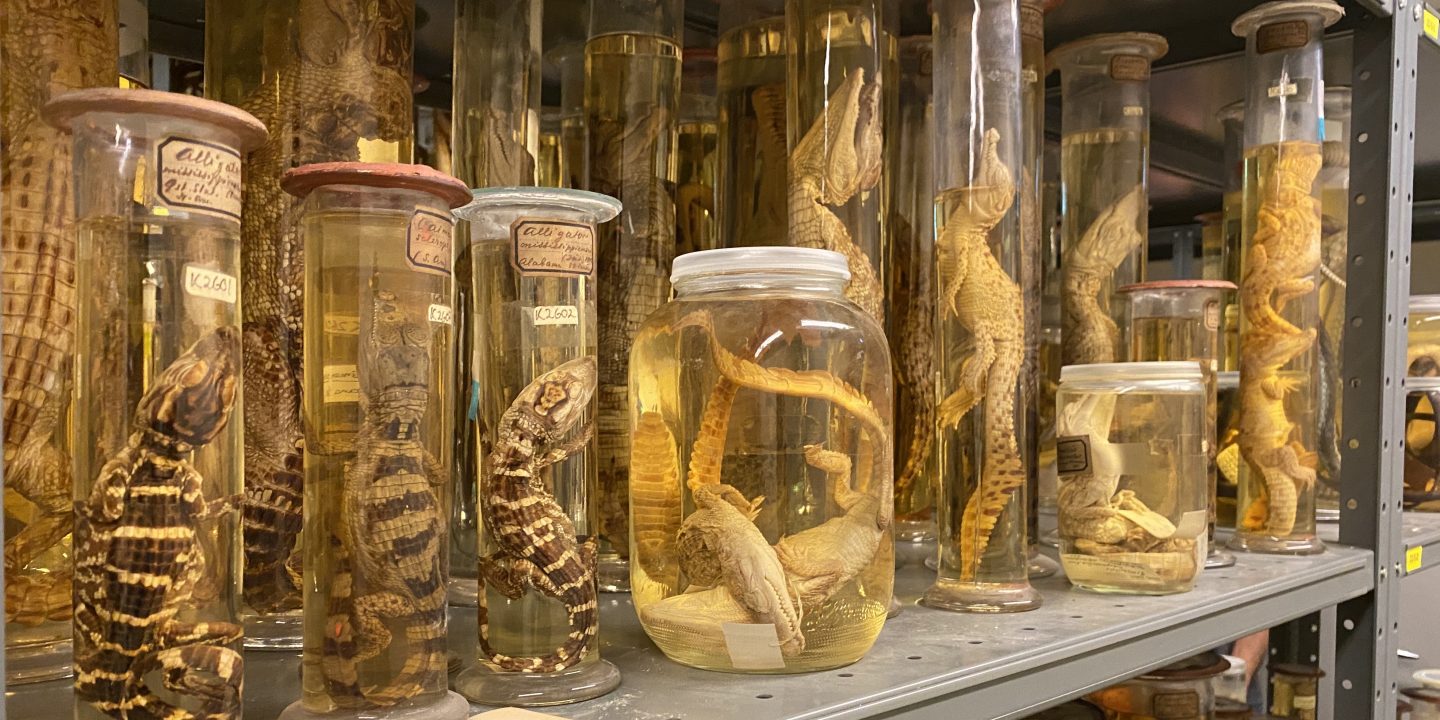Until relatively recently, museum collections have been amassed and utilized to investigate the morphological variation seen within and across species to understand evolutionary change. With the advent of next generation sequencing (NGS) and improved molecular methodologies, natural history collections have become ideal sources of curated (documented) materials to conduct molecular biodiversity studies. Furthermore, as genetic sequencing has become less expensive and easier to produce over time, museum collections have received increasing requests for access to collections and sampling permissions.
However, sampling requests to use type specimens often need to be exceptional in that relevant data cannot come another source. This is due to type specimens (see previous blog post) being intrinsically valuable as comparative and species defining references, and likely collected decades ago. Because zoological collections are generally comprised of historic (dead) specimens, molecular degradation that occurs upon death and over time results in archival/ancient DNA (aDNA) becoming fragmented and altered, necessitating specialized aDNA methodologies and techniques; see example of Natural History Museum of Oslo reptile specimens suspended in ethanol. Often, wet-lab and analysis optimizations are required, consuming specimen tissues, potentially compromising the morphological comparative value of the specimens if used excessively. Concerns surrounding research applicability and experimental success has resulted in type specimen genetic sequences being relatively rare.
While specimen conservation and molecular preservation levels must be weighed against the research potential, the recovery of aDNA has steadily improved, with NGS methods becoming more readily applied to collections research. As genetic barcoding and phylogenetic analyses of species using collection samples become even more pervasive and because type specimens taxonomically define species, generating type specimen genetic references would directly link the Linnean taxonomy and species morphologies to their genetic information. This increases the value of the type specimens as verified genetic references and provides a historic baseline of genetic diversity, aiding in genetic species identification and potentially population level dynamics through time.
Further reading:
Federhen, S. (2015). Type material in the NCBI Taxonomy Database. Nucleic Acids Research, 43(D1), D1086-D1098.
Chakrabarty, P. (2010). Genetypes: a concept to help integrate molecular phylogenetics and taxonomy. Zootaxa, 2632(1), 67-68.
![]()
